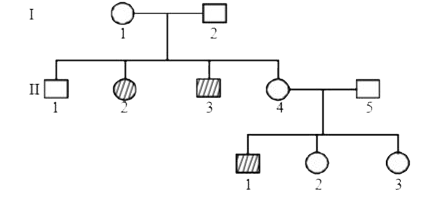Study the given figure and answer the question that follow:
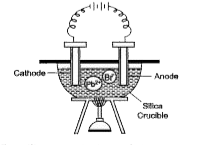
Why silica crucible is used in this type of electrolysis?
A
Non-reactive
B
Non-conductor of electricity
C
Withstand at high temperature
D
All of the above
Video Solution
Text Solution
The correct Answer is:D
Silica is non-reactive. It can withstand at high temperature and is almost a non-conductor of electricity.
|
Topper's Solved these Questions
- ELECTROLYSISBOOK - ICSECHAPTER - ELECTROLYSISEXERCISE - Assertion and Reason Based Questions
4 Videos
- ELECTROLYSISBOOK - ICSECHAPTER - ELECTROLYSISEXERCISE - Reason Based Questions
6 Videos
- CHEMISTRY-2015BOOK - ICSECHAPTER - CHEMISTRY-2015EXERCISE - SECTION-II (40 Marks) Attempt any four questions from this Section.
49 Videos
- METALLURGYBOOK - ICSECHAPTER - METALLURGYEXERCISE - UNIT TEST PAPER 6 - Metallurgy (Select the correct answer from the list A,B,C & given in each statement.)
5 Videos
Similar Questions
Knowledge Check
Study the given figure and answer the question that follow:
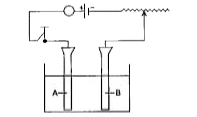
Which electrode is the oxidising electrode?AABBCBoth (a) and (b)DNone of theseStudy the given figure and answer the question that follow:
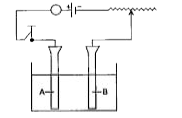
Give the names of the electrodes A and B.AA-Cathode B- AnodeBA-Anode B-CathodeCA-Anode B- AnodeDA-Cathode B-CathodeStudy the given figure and answer the question that follow:
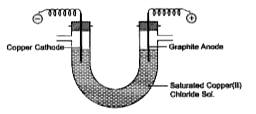
Name the ions which will migrate to anode.AHydroxyl ions (OH−)BChloride ions (CI−)CBoth (a) and (b)DHydrogen ions H+
Study the diagram given below and answer the questions that follow :
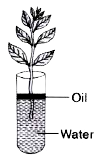
Why is oil placed over water
View SolutionStudy the figure given below and answer the question that follow :
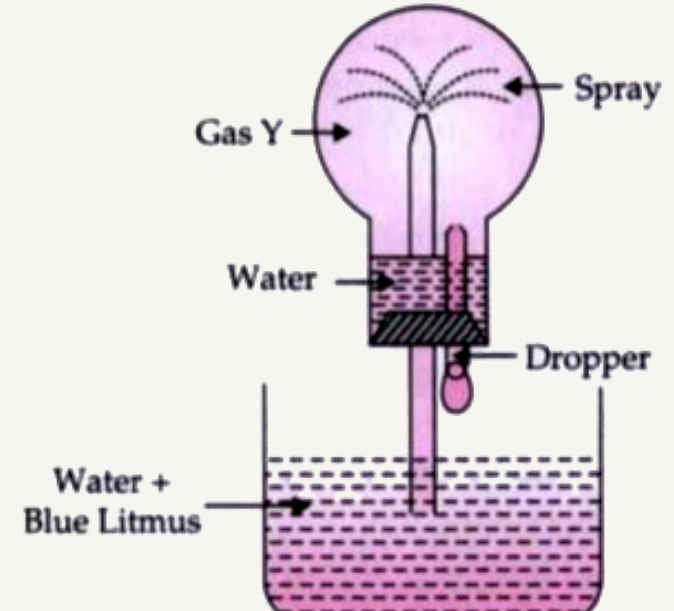
Identify the gas Y.
View SolutionStudy the given pedigree chart and answer the questions that follow:

Is the trait recessive or dominant?
View SolutionStudy the given figure and answer the question that follow:
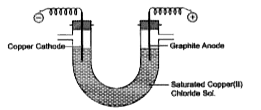
Name the ions which will migrate to cathode.
View SolutionStudy the given figure and answer the question that follow :
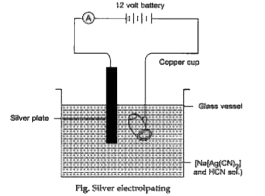
Name the cathode and anode used during electroplating of silver.
View Solution

